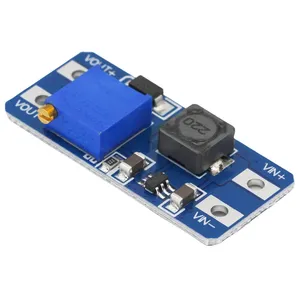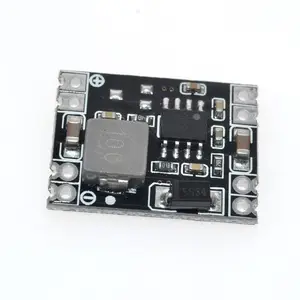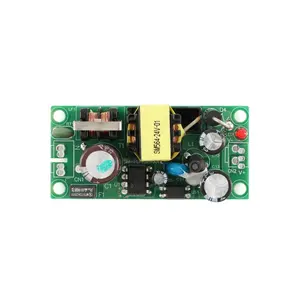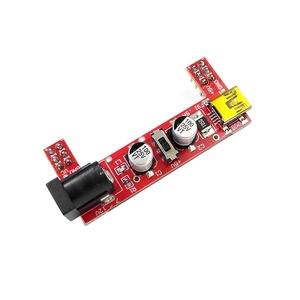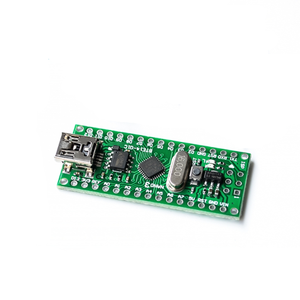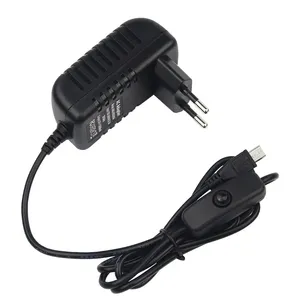Arduino Nano Power Supply











 1/2
1/2
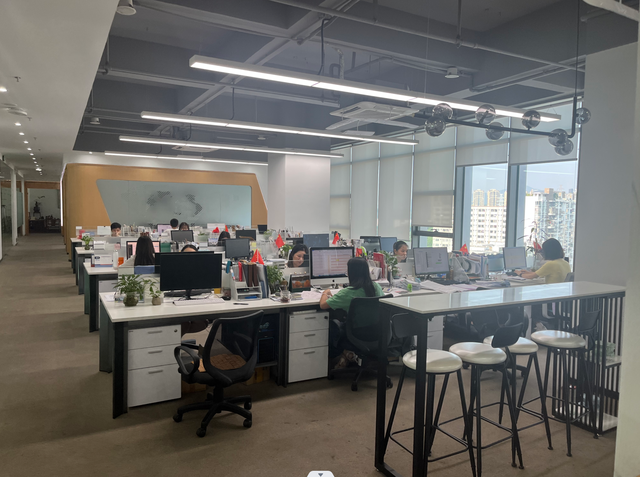








 1/8
1/8
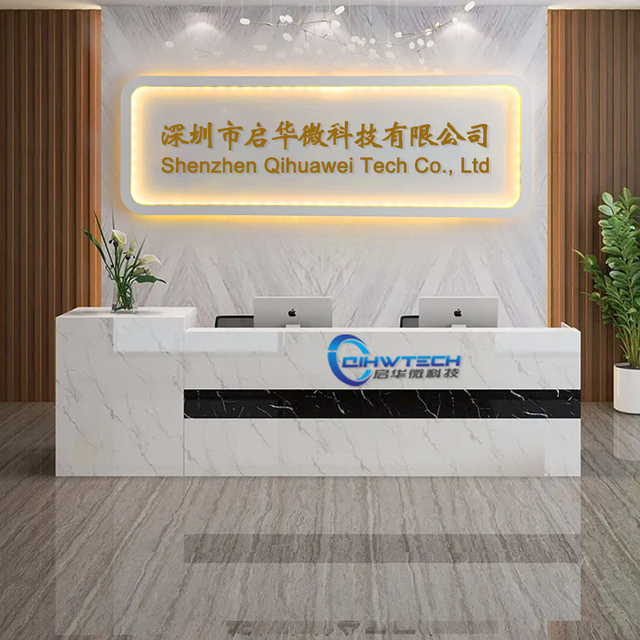





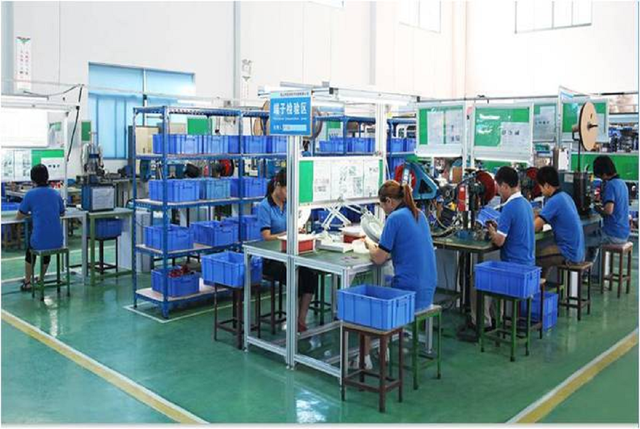
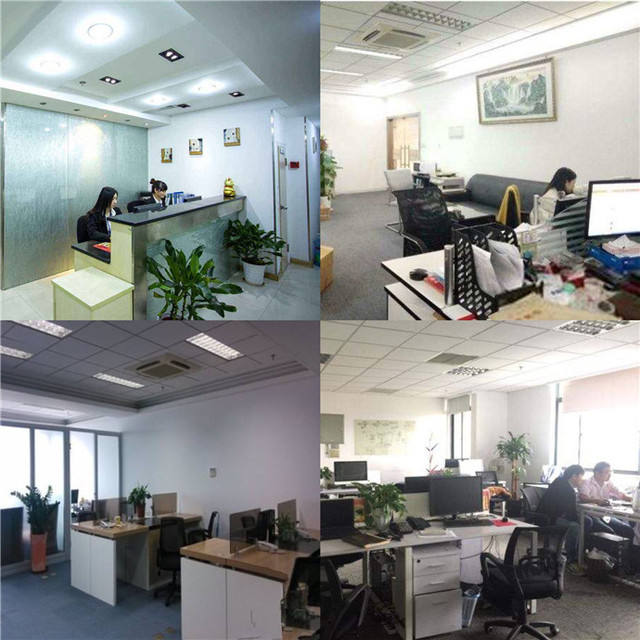




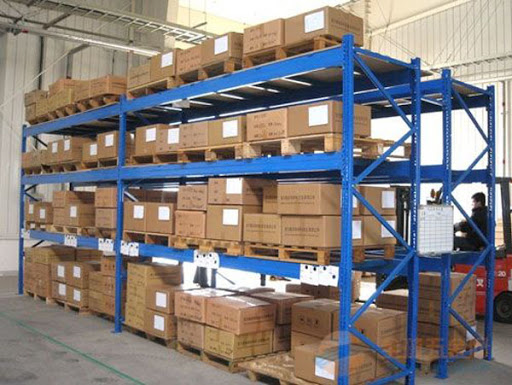
About arduino nano power supply
Where to Find Arduino Nano Power Supply Suppliers?
China remains the central hub for electronics manufacturing, with Shenzhen-based suppliers dominating the production of compact power solutions for microcontroller platforms like the Arduino Nano. The city's advanced electronics ecosystem enables tight integration between component sourcing, PCB fabrication, and final assembly, allowing suppliers to offer both standalone DC-DC converters and integrated Nano-compatible development boards with built-in power regulation.
These suppliers operate within a mature supply chain network that includes semiconductor distributors, passive component manufacturers, and surface-mount technology (SMT) lines, enabling rapid prototyping and scalable production. Buyers benefit from localized access to critical components such as buck/boost ICs (e.g., MT3608, LM2596), inductors, and capacitors, reducing lead times to 7–15 days for standard orders. Cost efficiencies are significant, with production expenses typically 20–40% lower than equivalent Western suppliers due to vertical integration and high-volume component procurement.
How to Choose Arduino Nano Power Supply Suppliers?
Procurement decisions should be guided by verified performance metrics and technical capabilities:
Technical Compliance & Product Range
Ensure suppliers offer products aligned with common Arduino Nano voltage requirements (5V regulated output, 7–12V input range). Look for documented compatibility with ATmega328P or similar microcontrollers. Key circuit types include step-up (boost), step-down (buck), and isolated DC-DC modules. Verify adherence to RoHS standards and check for EMI/EMC compliance where applicable, especially for industrial-grade applications.
Production and Customization Capability
Evaluate supplier infrastructure based on the following criteria:
- Support for low-voltage DC conversion (3.3V, 5V outputs) with efficiency >85%
- Availability of SMT and automated testing for consistent quality
- Customization options including size reduction, pin header layout, input/output connector type (Type-C, Micro USB), and labeling
Suppliers with in-house design teams can modify existing modules for specific current loads (up to 3A for high-power variants) or integrate additional protection features (over-current, thermal shutdown).
Transaction and Quality Assurance
Prioritize suppliers with proven on-time delivery records (>95%) and fast response times (<8 hours). Review order history for reorder rates—lower rates (<15%) may indicate higher satisfaction and fewer repeat issues. Use secure transaction methods such as escrow services for initial orders. Request sample units to validate output stability under load and verify physical build quality before scaling procurement.
What Are the Best Arduino Nano Power Supply Suppliers?
| Company Name | Main Products | Online Revenue | On-Time Delivery | Response Time | Reorder Rate | Customization Options | Min. Order Quantity | Price Range (USD) |
|---|---|---|---|---|---|---|---|---|
| Shenzhen Shiji Chaoyue Electronics Co., Ltd. | DC-DC boost/buck modules, Nano-compatible boards | US $60,000+ | 100% | ≤8h | <15% | Yes (components, size, logo, packaging) | 2–10 pcs | $0.20–3.00 |
| Shenzhen Chuangheying Electronic Technology Co., Ltd. | Nano controller boards, shield modules, power drivers | US $1,300,000+ | 100% | ≤6h | <15% | Limited (based on product line) | 1–5 pcs | $1.00–8.50 |
| Shenzhen Gui Yi Technology Co., Ltd. | LM2596 modules, Seeeduino XIAO, isolated converters | US $140,000+ | 100% | ≤3h | <15% | Yes (via electronic components portfolio) | 1–2 pcs | $0.65–7.99 |
| Shenzhen Zhicheng Electronic Technology Co., Ltd. | RF-Nano boards, Type-C power modules | US $100,000+ | 96% | ≤2h | <15% | Yes (color, size, logo, packaging) | 1–100 pcs | $0.12–6.90 |
| Shenzhen Wonderful E-Commerce Co., Ltd. | AC-DC modules, I/O expanders, Pro Nano variants | US $30,000+ | 92% | ≤13h | 37% | Limited | 1–10 pcs | $0.65–7.30 |
Performance Analysis
Shenzhen Chuangheying leads in scale and responsiveness, backed by over $1.3M in online revenue and flawless on-time delivery, making it ideal for medium-to-large volume buyers. Shenzhen Zhicheng stands out for ultra-fast response times (≤2h) and extensive customization, despite a slightly lower on-time rate. Shenzhen Gui Yi offers strong technical variety, including isolated and low-noise supplies suitable for sensitive applications. While Shenzhen Wonderful E-Commerce provides competitive pricing, its 37% reorder rate suggests potential quality or service inconsistencies. Suppliers with 100% on-time delivery and response times under 8 hours dominate buyer preference, particularly for urgent or iterative development projects.
FAQs
How to verify Arduino Nano power supply compatibility?
Confirm input voltage range (typically 7–12V DC), output regulation (5V ±5%), and current capacity (minimum 500mA). Check physical pin alignment with Nano headers and ensure polarity matches standard layouts. Request test reports showing ripple voltage and load regulation if used in noise-sensitive circuits.
What is the typical lead time for bulk orders?
Standard orders (100–1,000 units) have lead times of 7–15 days. Fully customized modules may require 20–30 days depending on design changes. Add 3–7 days for international air shipping or 25–40 days for sea freight.
Can suppliers provide samples?
Yes, most suppliers offer samples at unit price or slightly above. Minimum sample orders range from 1 to 10 pieces. Some waive fees for future bulk commitments. Sample units are typically shipped within 1–3 business days after payment.
Are customization options available for power modules?
Yes, leading suppliers support modifications to board dimensions, connector types (e.g., JST, terminal blocks), labeling, and color coding. Advanced requests such as custom firmware for smart regulation or multi-output designs require NDA-backed collaboration and engineering validation.
What are common MOQs for Arduino Nano power supplies?
MOQs vary from 1 piece for evaluation to 10–100 pieces for discounted pricing. High-efficiency boost converters (e.g., MT3608) often have lower MOQs (2–10 pcs), while specialized modules may require 50+ units for optimal pricing.

